Everything About HPV
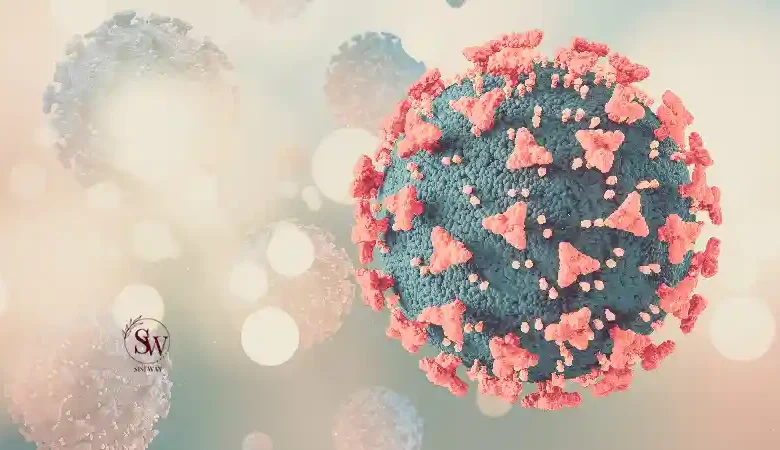
Human Papillomavirus (HPV) is a prevalent and complex topic that affects millions of people worldwide. In this comprehensive guide, we will delve into the various aspects of HPV, exploring its nature, transmission, risks, prevention, and available treatments. By the end of this article, you will have a solid understanding of HPV and the measures you can take to protect yourself and your loved ones.
What is HPV?
Human Papillomavirus, or HPV, is a group of related viruses that infect the skin and mucous membranes. There are over 200 different types of HPV, and they are categorized into low-risk and high-risk types based on their association with cancer. Low-risk types can cause warts, while high-risk types are linked to cancers, including cervical, anal, and oropharyngeal cancers.
Different Types of HPV
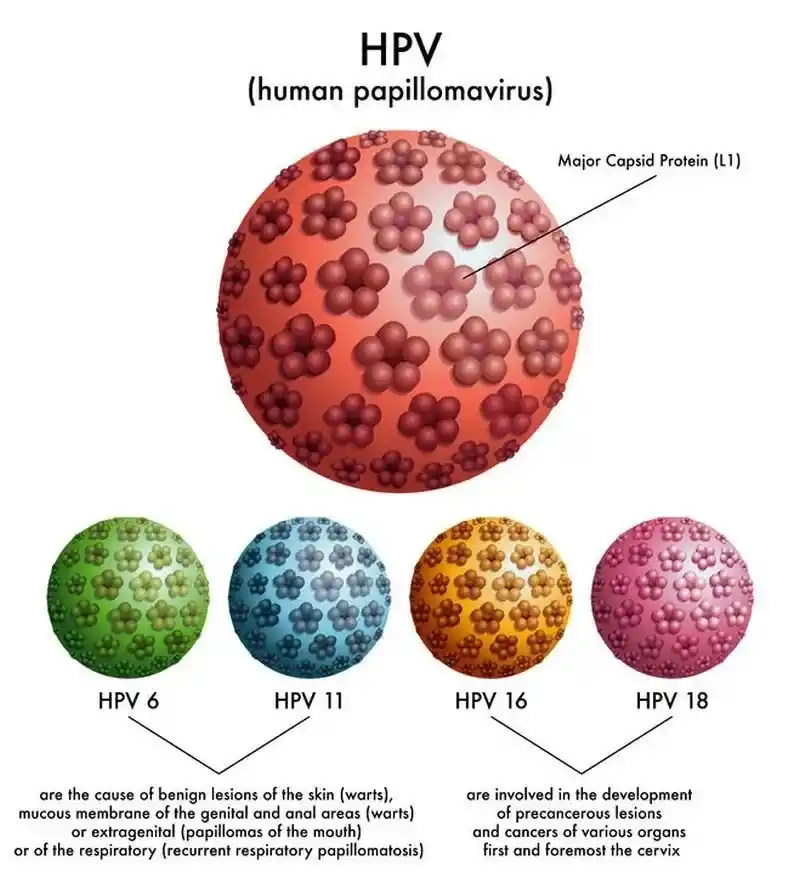
HPV is a diverse group of viruses, with over 200 identified types. These can be broadly classified into low-risk and high-risk types based on their association with health complications. Understanding the different types of HPV is essential for recognizing the varying risks and potential outcomes associated with each.
Low-Risk HPV Types
Low-risk HPV types are typically associated with the development of warts. These warts can appear on the genitals, hands, or feet. While they are not cancerous, they can cause discomfort and affect one’s quality of life. Common low-risk types include HPV 6 and HPV 11.
High-Risk HPV Types
High-risk HPV types pose a greater concern as they are associated with an increased risk of developing various cancers. The most notable high-risk types include HPV 16 and HPV 18, which are responsible for the majority of cervical cancers. Other high-risk types include HPV 31, 33, 45, 52, and 58, among others.
Types Associated with Genital Warts
In addition to low-risk types causing common warts, certain HPV types are specifically linked to the development of genital warts. HPV 6 and HPV 11 are the primary culprits in causing genital warts, which can appear on the genital and anal areas.
Persistent Infections and Cancer Risk
Persistent infection with high-risk HPV types, especially HPV 16 and HPV 18, is a key factor in the development of HPV-related cancers. These infections can lead to changes in the infected cells that may progress to cancer over time. Regular screenings and early detection are crucial for identifying and managing persistent infections.
How is HPV Transmitted?
HPV is primarily transmitted through intimate skin-to-skin contact. The virus is highly contagious and can be spread through vaginal, anal, or oral sex. Additionally, it can be transmitted from a mother to her baby during childbirth. It’s crucial to note that HPV can be present even if there are no visible signs or symptoms.
Prevalence and Statistics
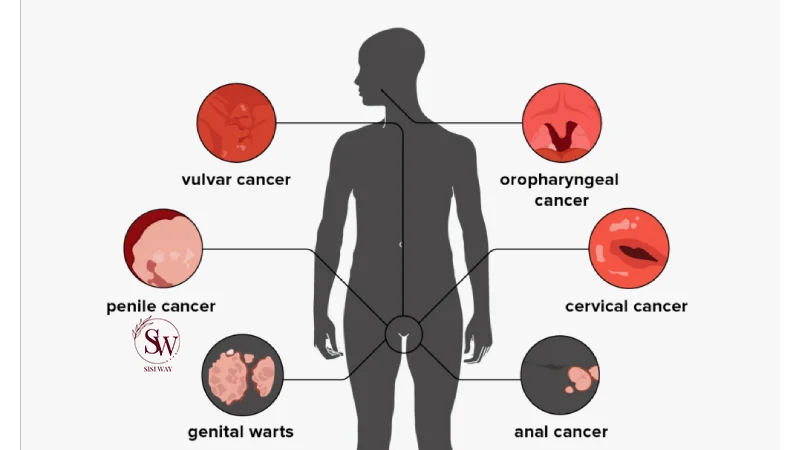
To gain a better understanding of the prevalence of HPV, let’s explore some statistics sourced from reputable health organizations:
- According to the World Health Organization (WHO), approximately 80% of sexually active individuals will contract HPV at some point in their lives.
- The Centers for Disease Control and Prevention (CDC) states that around 14 million new cases of HPV occur in the United States each year.
- High-risk HPV types are responsible for nearly all cases of cervical cancer.
Risks and Complications
While many HPV infections are clear on their own, some can lead to serious complications. High-risk types of HPV are associated with the development of various cancers, including cervical, anal, penile, and oropharyngeal cancers. Understanding the risks associated with HPV is essential for making informed decisions about prevention and vaccination.
Prevention and Vaccination
Preventing HPV infection is key to reducing the risk of associated cancers. Vaccination is an effective way to protect against several high-risk HPV types. The HPV vaccine is recommended for both males and females and is typically administered in early adolescence. Regular screenings, such as Pap tests for cervical cancer, also play a crucial role in early detection and prevention.
Available HPV Treatments
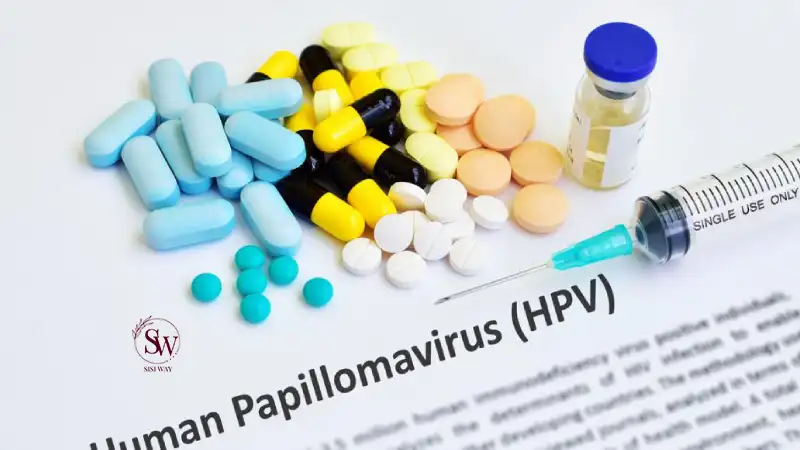
While there is no cure for HPV, various treatments are available to manage symptoms and complications. Warts caused by low-risk HPV types can be treated with topical medications, freezing, or laser therapy. For high-risk HPV types associated with cancer, treatments may include surgery, chemotherapy, and radiation therapy. Early detection through regular screenings significantly improves the chances of successful treatment.
HPV in Women

While HPV affects both men and women, it is essential to highlight specific aspects related to women’s health. HPV infections in women can lead to various complications, emphasizing the importance of preventive measures such as vaccination and regular screenings.
Cervical Cancer and HPV
Cervical cancer is one of the most well-known and significant health risks associated with HPV in women. Persistent infection with high-risk HPV types, especially types 16 and 18, can lead to changes in cervical cells that may progress to cervical cancer over time. Regular Pap tests, also known as Pap smears, play a critical role in detecting these changes early when they are most treatable.
HPV and Other Gynecological Cancers
In addition to cervical cancer, HPV is linked to other gynecological cancers in women. High-risk HPV types can increase the risk of developing cancers of the vulva, vagina, and anus. Screening and early detection are crucial for timely intervention and effective treatment.
Importance of HPV Vaccination for Women
Vaccination against HPV is a key preventive measure for women. The HPV vaccine is most effective when administered before the onset of sexual activity, protecting the most common high-risk HPV types. It not only helps prevent cervical cancer but also reduces the risk of other HPV-related cancers.
Pap Tests and HPV Screening
Regular Pap tests are fundamental for women’s health, allowing healthcare providers to detect abnormal changes in cervical cells caused by HPV. Additionally, HPV DNA testing may be recommended for women aged 30 and older as part of routine screening. Early detection through these screenings enhances the chances of successful treatment and minimizes the impact of HPV-related health issues.
HPV in Men
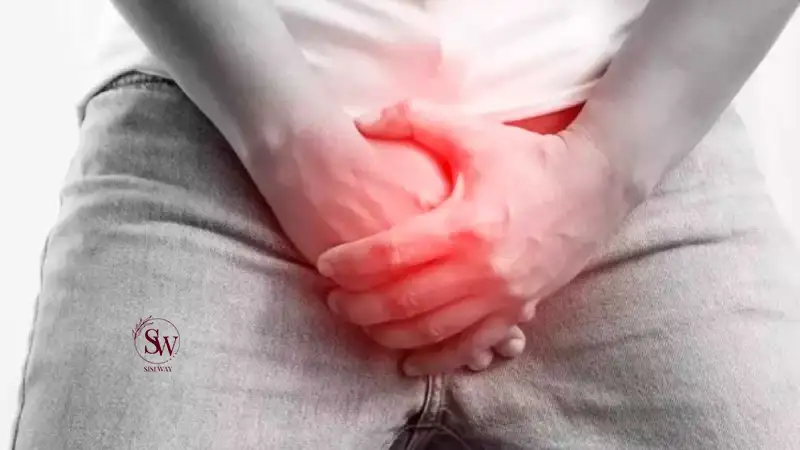
While HPV is often associated with cervical cancer in women, it’s essential to recognize that men can also be affected by the virus. HPV infections in men can lead to various health issues, including genital warts and certain cancers.
Genital Warts in Men
Men infected with low-risk HPV types may develop genital warts. These warts can appear on the penis, scrotum, groin, or thighs. Although genital warts are typically not associated with cancer, they can cause discomfort and affect an individual’s quality of life. Treatment options for genital warts in men include topical medications, cryotherapy (freezing), and laser therapy.
HPV-Related Cancers in Men
High-risk HPV types can increase the risk of cancers in men, including cancers of the penis, anus, and oropharynx. Penile cancer is relatively rare but can occur in men with persistent HPV infections. Anal cancer, particularly among men who have sex with men, is another concern associated with high-risk HPV. Oropharyngeal cancer, affecting the throat and tonsils, is also linked to HPV and has seen an increase in incidence.
Importance of Vaccination for Men
Vaccination against HPV is not only crucial for preventing infections in women but is equally important for men. The HPV vaccine protects against several high-risk types of the virus, reducing the risk of genital warts and HPV-related cancers in men. Men who have sex with men and those living with HIV may be at a higher risk and can benefit significantly from vaccination.
Including men in HPV prevention strategies is essential for reducing the overall burden of the virus and preventing associated health complications. By addressing the unique challenges and risks faced by men, we can create a more comprehensive approach to HPV awareness, vaccination, and healthcare.
The HPV Vaccine and Side Effects
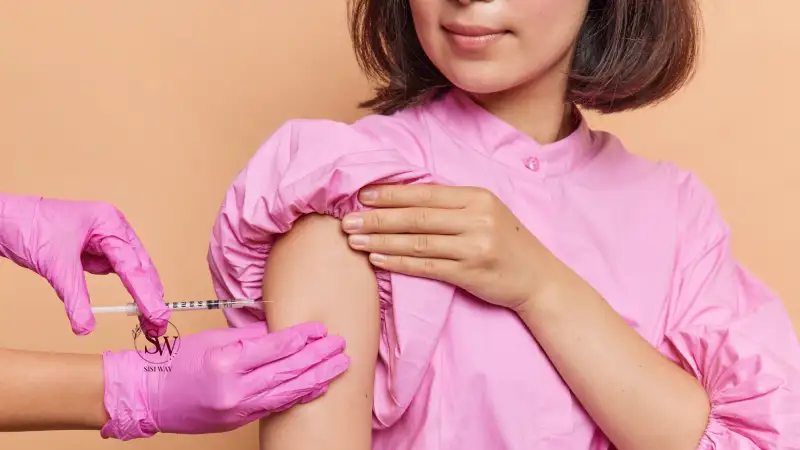
Vaccination is a critical component of HPV prevention, offering protection against several high-risk HPV types. The HPV vaccine has been proven effective in reducing the incidence of HPV-related cancers and complications. It is important to be aware of the vaccine’s composition, recommended age for administration, and potential side effects.
Composition and Types of HPV Vaccines
The HPV vaccine is designed to target specific high-risk HPV types. Currently, there are several HPV vaccines available, with the most common ones being Gardasil 9 and Cervarix. Gardasil 9 protects against nine HPV types, including those responsible for the majority of cervical cancers and genital warts.
Recommended Age for HPV Vaccination
The HPV vaccine is most effective when administered before the onset of sexual activity, protecting against exposure to the virus. The recommended age for vaccination is typically 11 or 12 years old, with the vaccine administered in two or three doses over a specific time frame. However, vaccination is still beneficial for individuals up to the age of 26 for females and 21 for males.
Common Side Effects of the HPV Vaccine
Like any vaccine, the HPV vaccine may cause some side effects, but these are generally mild and temporary. Common side effects include:
- Pain, redness, or swelling at the injection site.
- Fever or headache.
- Nausea or dizziness.
It’s important to note that serious side effects are extremely rare. The benefits of vaccination in preventing HPV-related cancers far outweigh the potential risks of minor side effects.
FAQ
- Can you get HPV from non-sexual contact?
While the primary mode of transmission is through intimate skin-to-skin contact, it is possible to contract HPV through non-sexual means, such as childbirth. - Is there a cure for HPV?
There is no cure for HPV, but many infections are clear on their own. Treatments are available for managing symptoms and preventing complications. - How effective is the HPV vaccine?
The HPV vaccine is highly effective in preventing infection with the most common high-risk HPV types. It is a crucial tool in reducing the risk of associated cancers. - At what age should one get the HPV vaccine?
The HPV vaccine is recommended for both males and females, typically administered in early adolescence. However, it can be given up to age 26 for females and age 21 for males.
Conclusion
In conclusion, understanding HPV is vital for maintaining overall health and preventing the potential complications associated with this common virus. By staying informed, getting vaccinated, and practicing safe behaviors, individuals can take proactive steps to protect themselves and their communities from the risks of HPV. Regular screenings and early detection further contribute to effective management and treatment.



